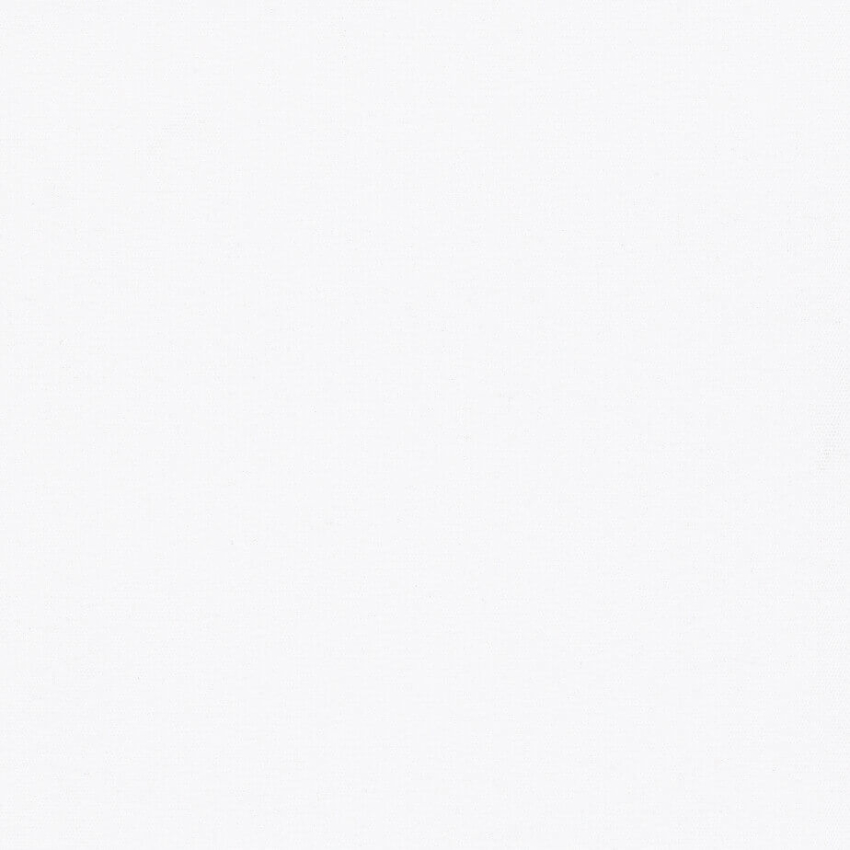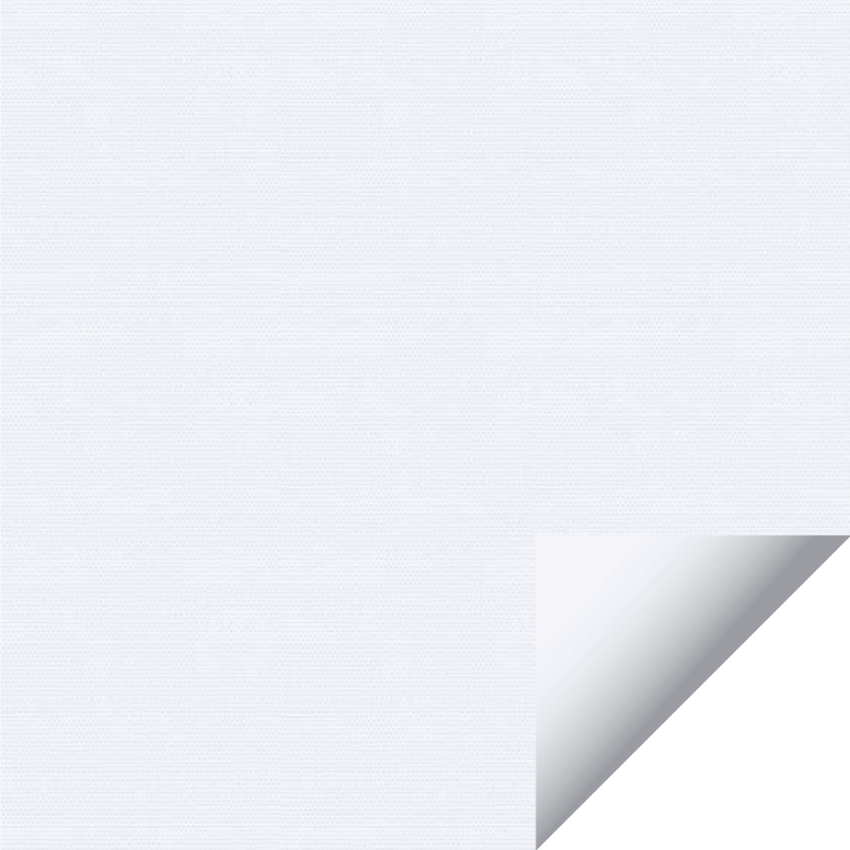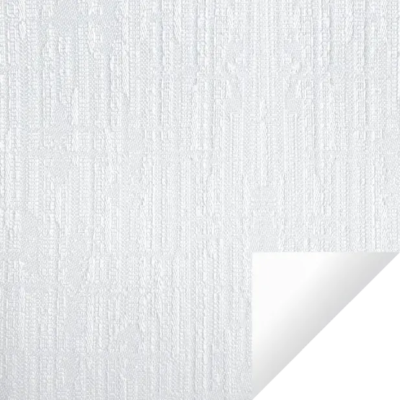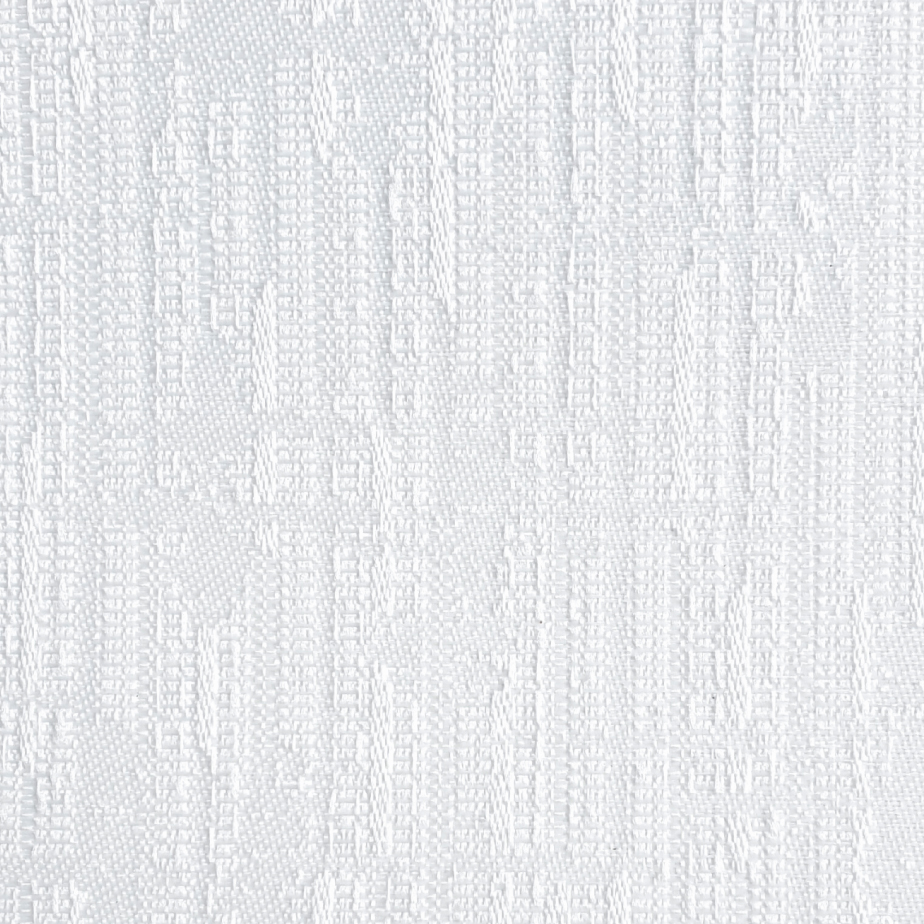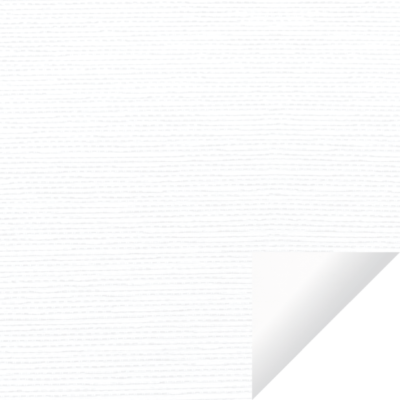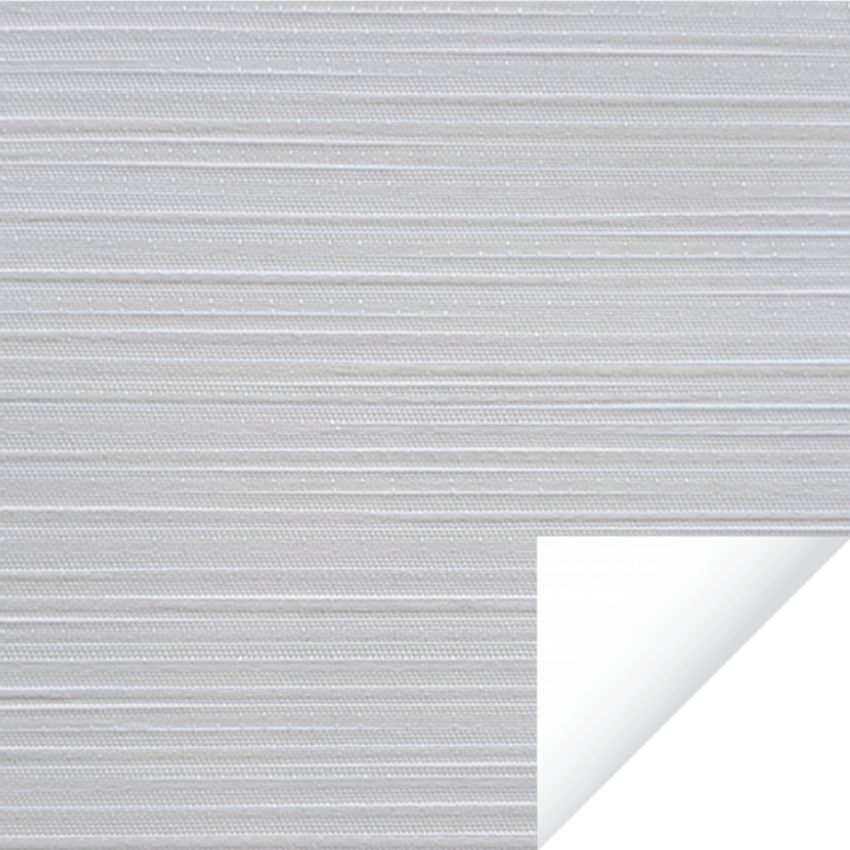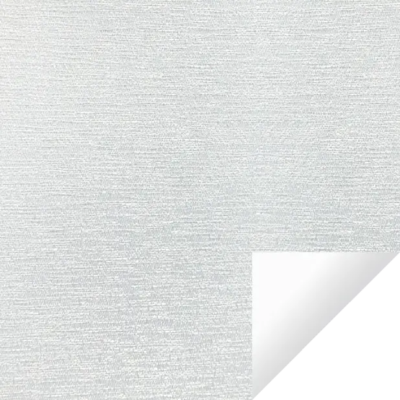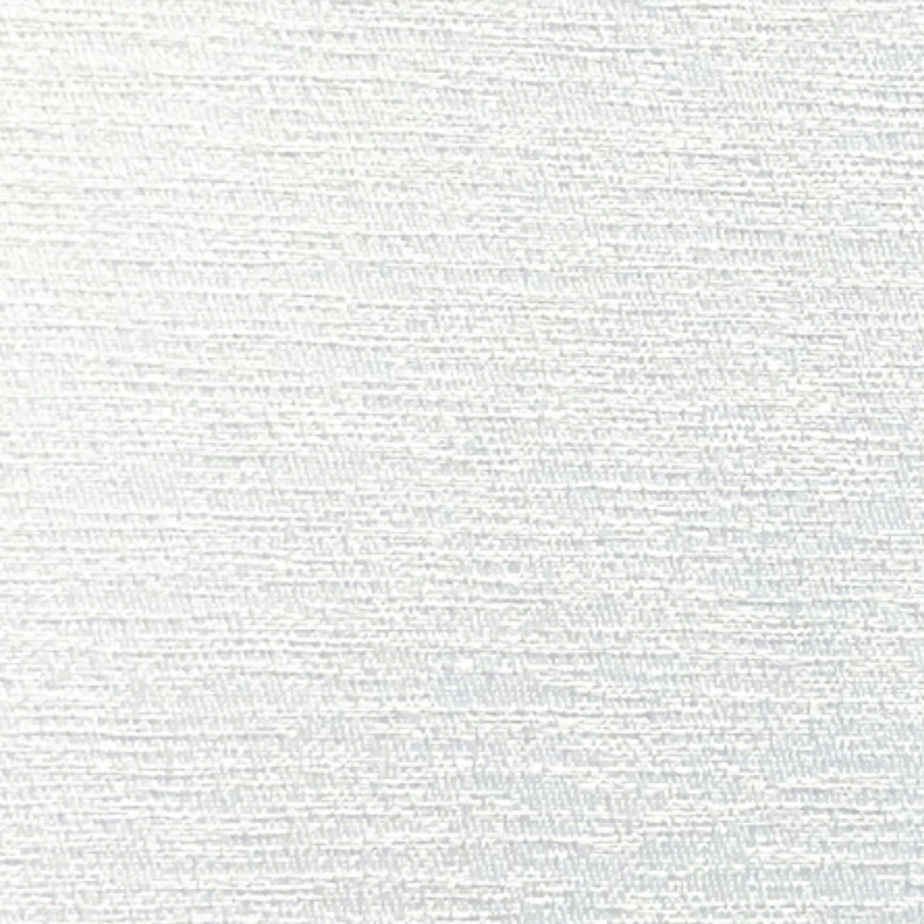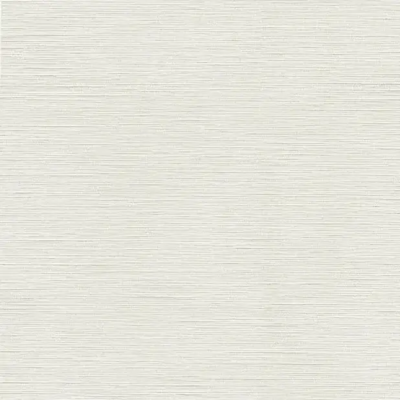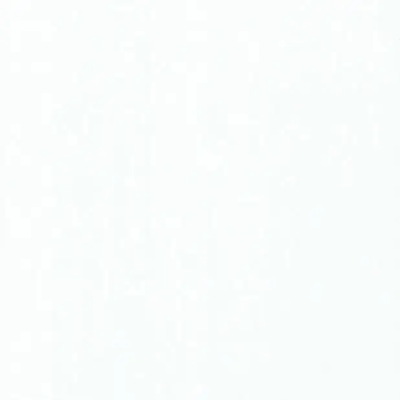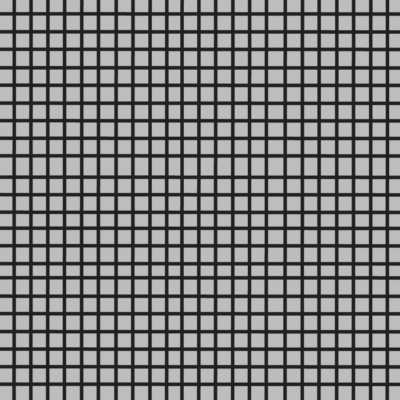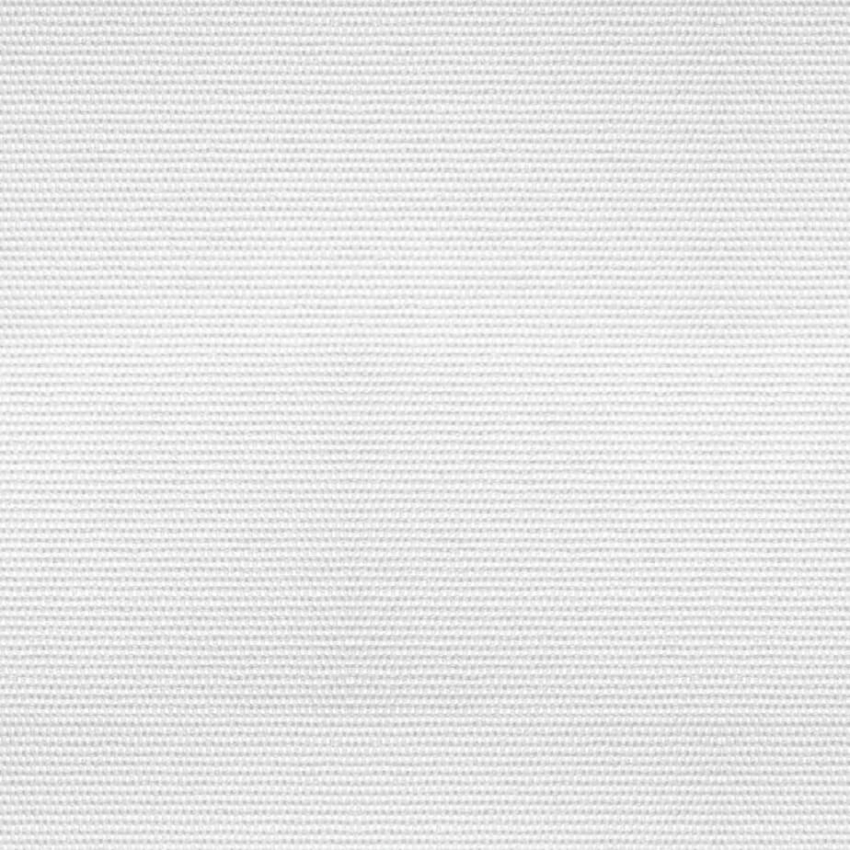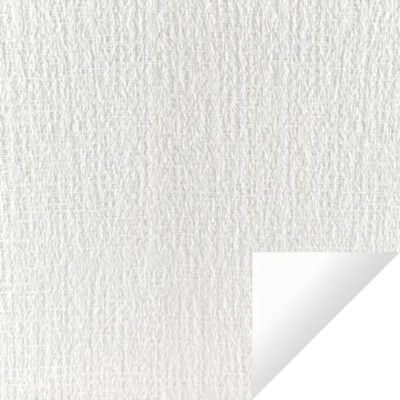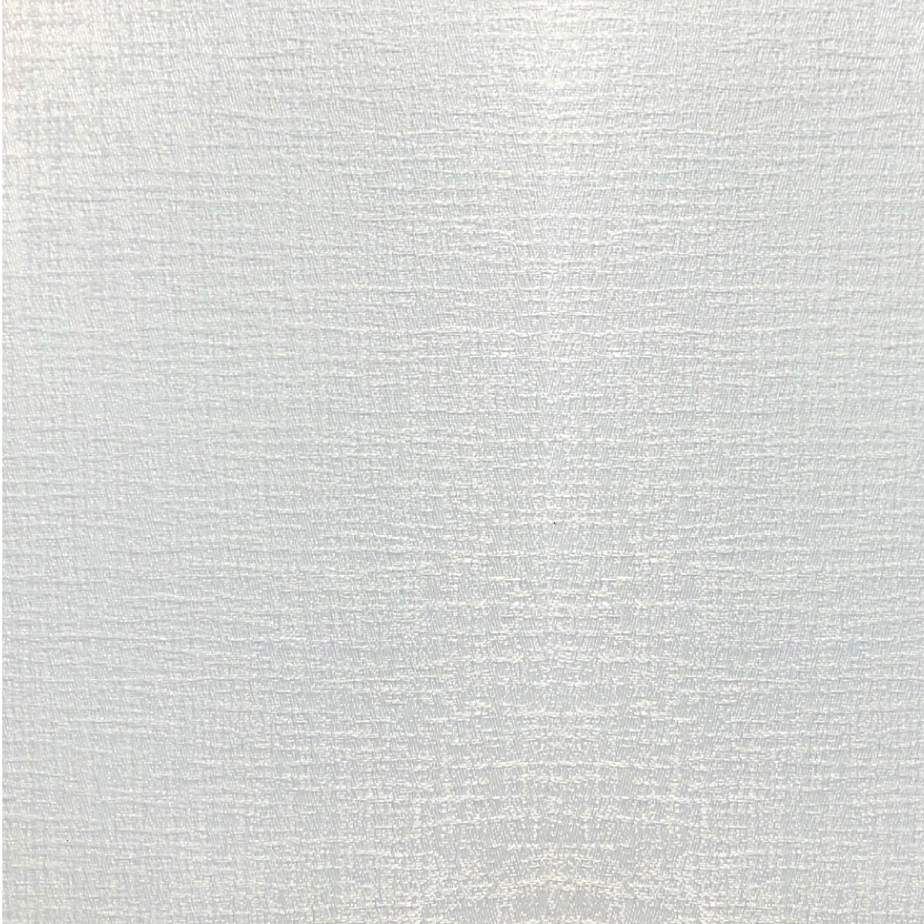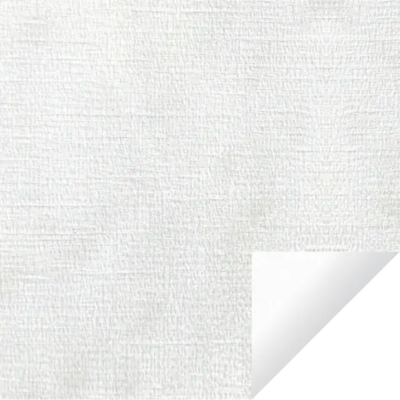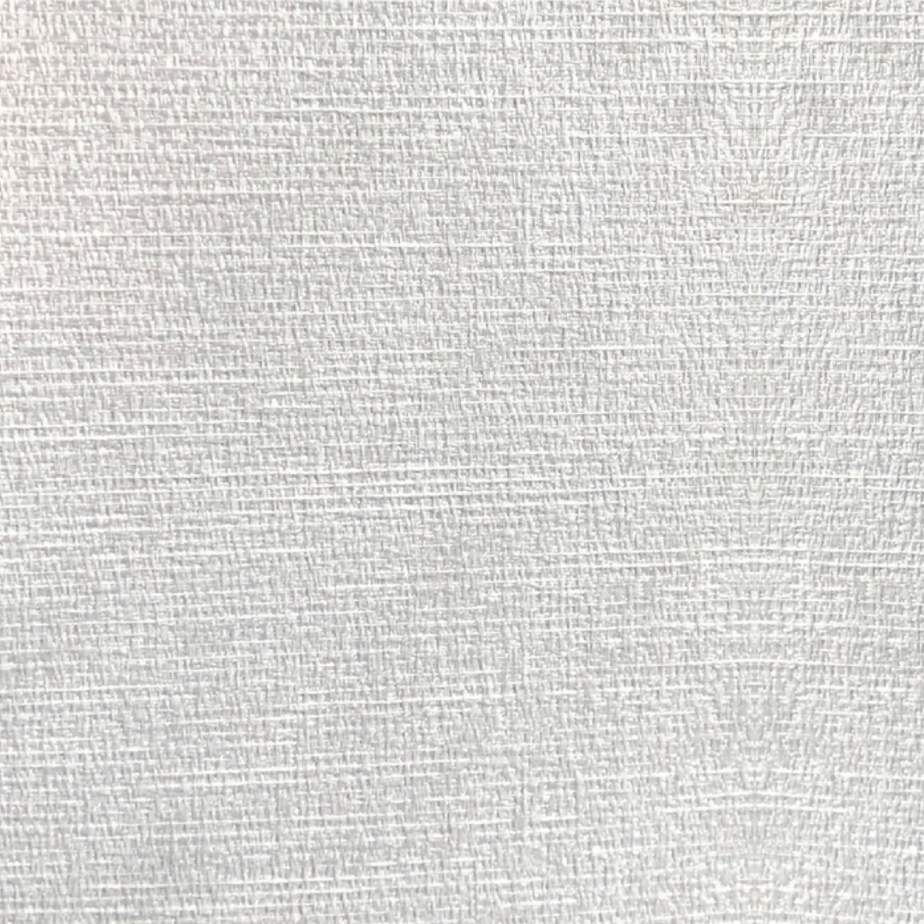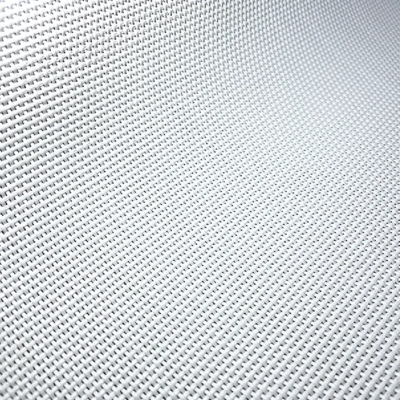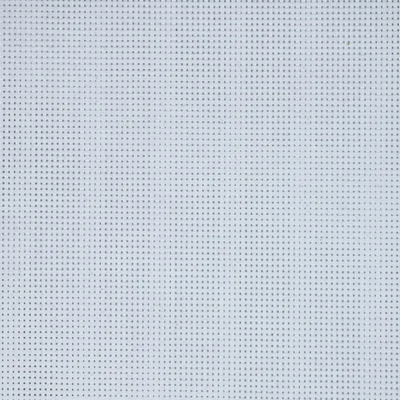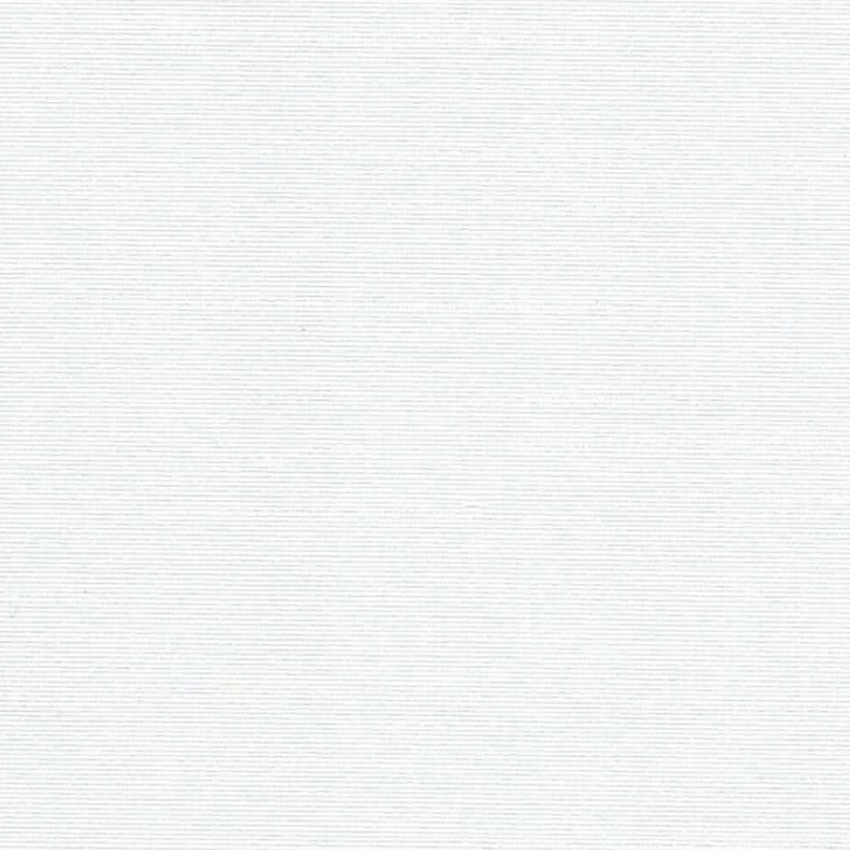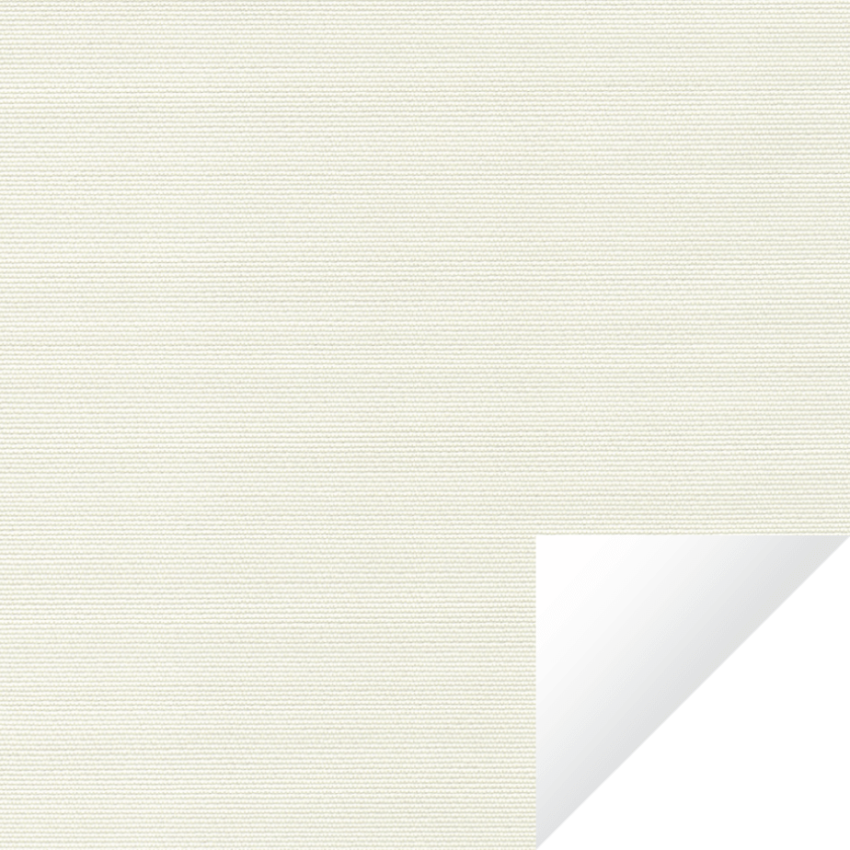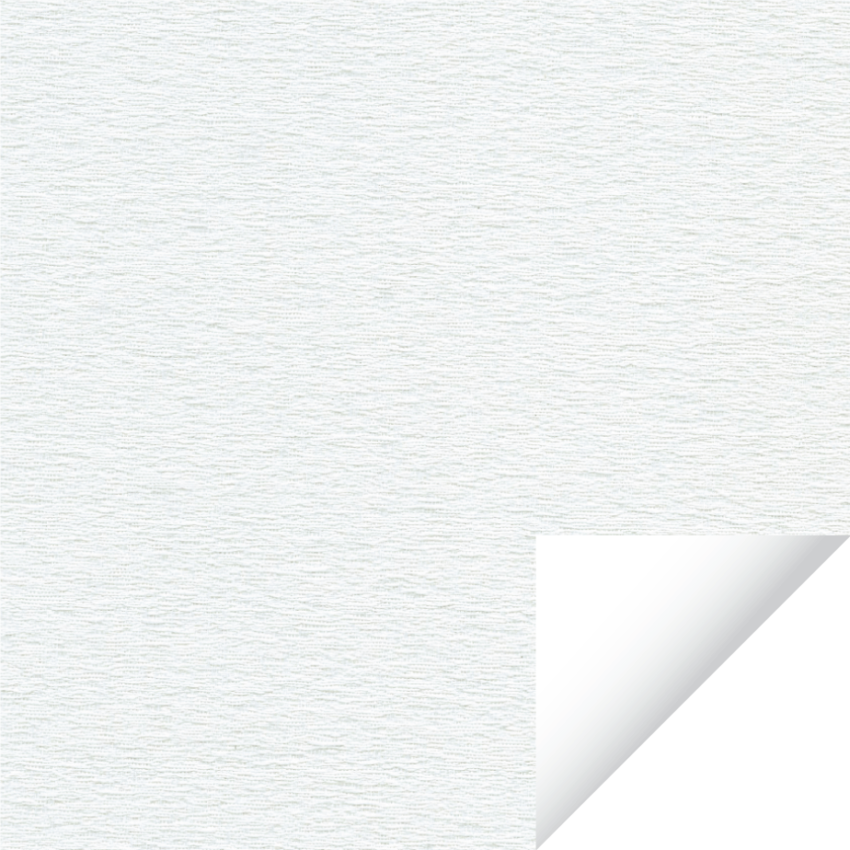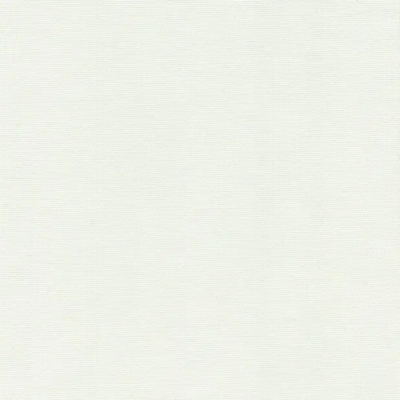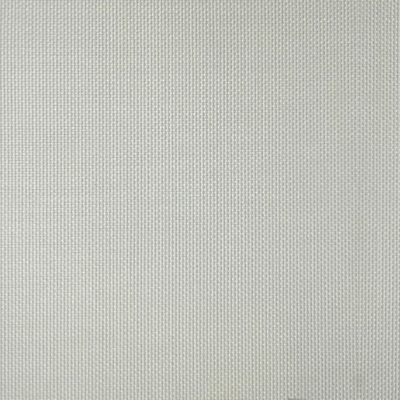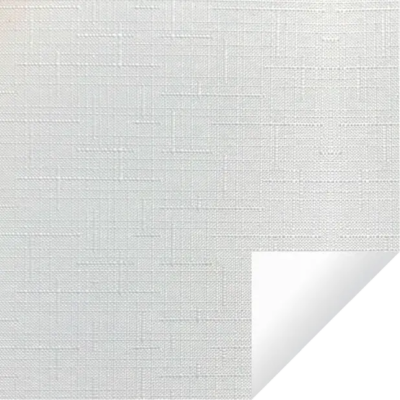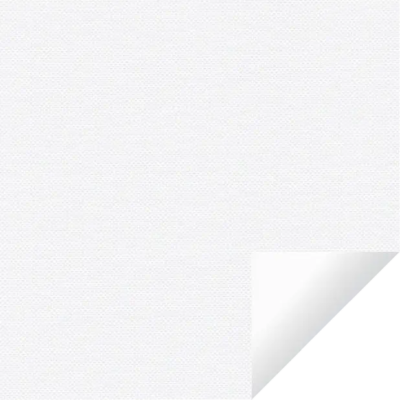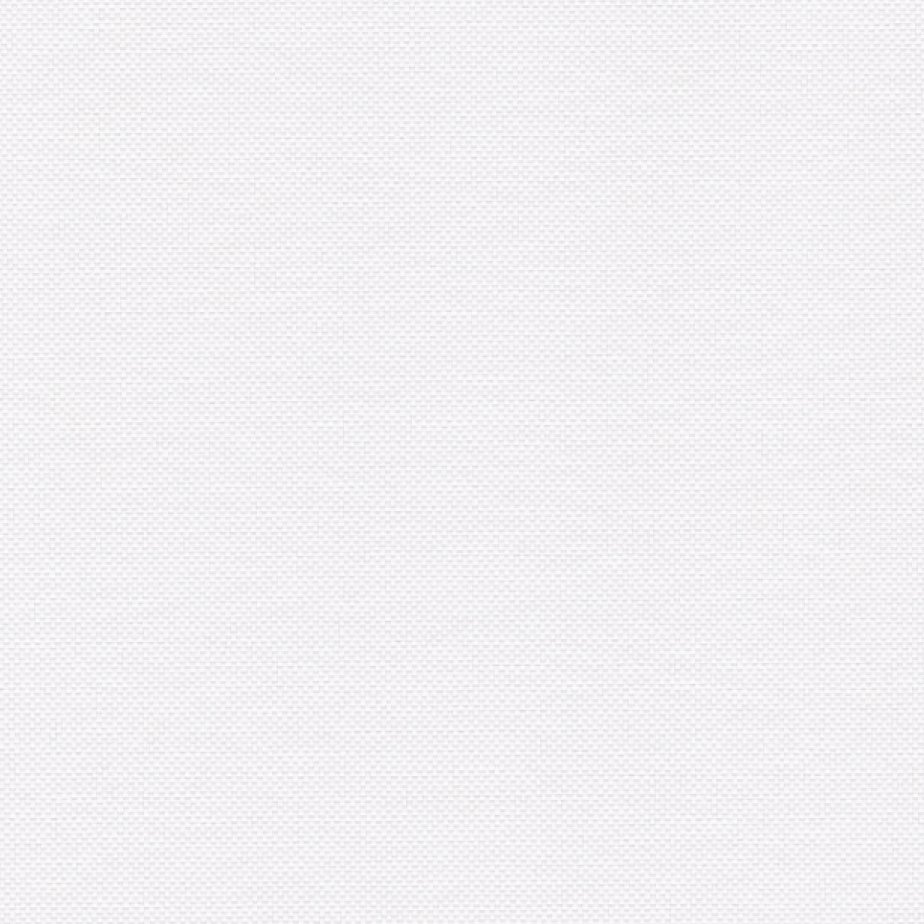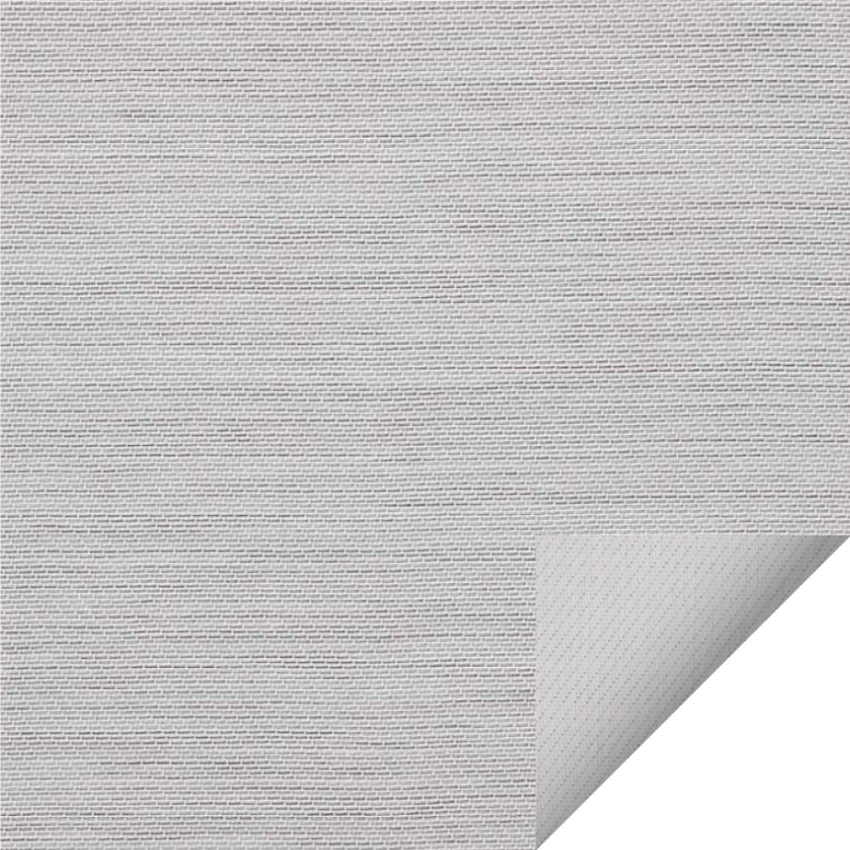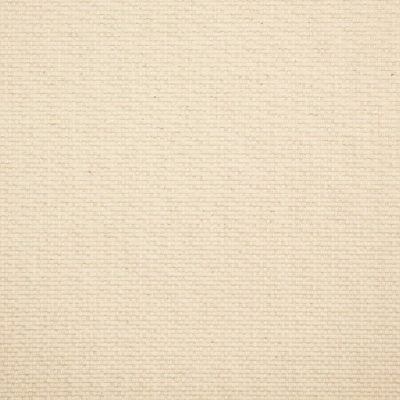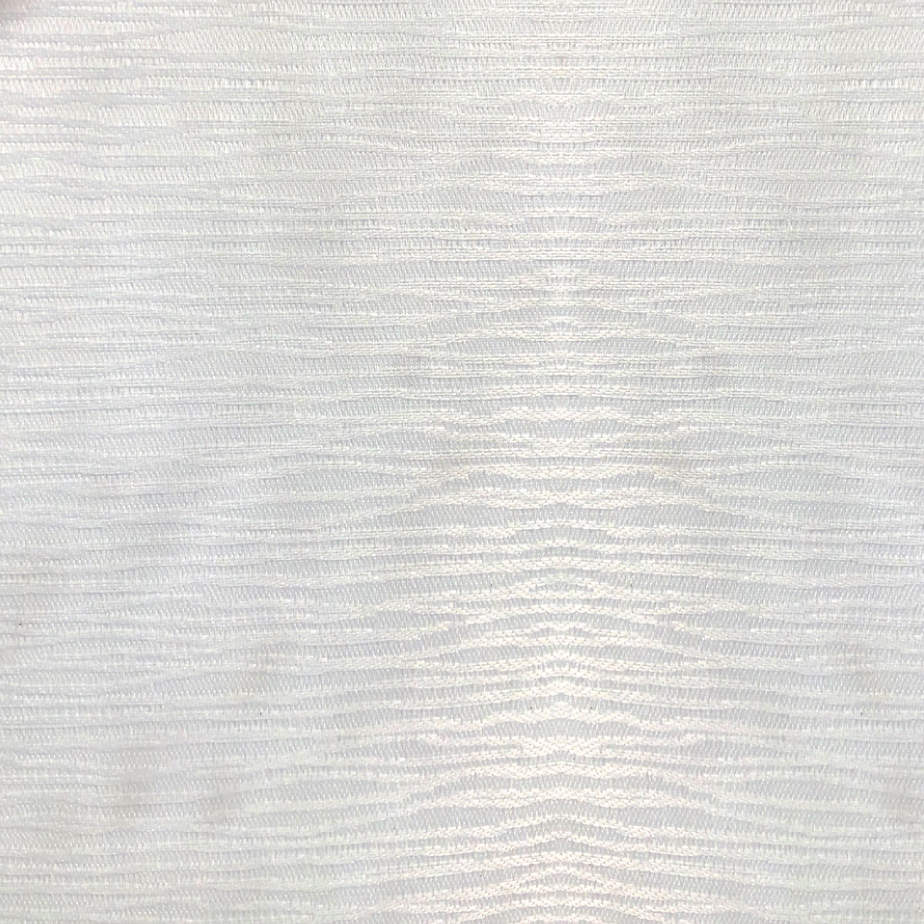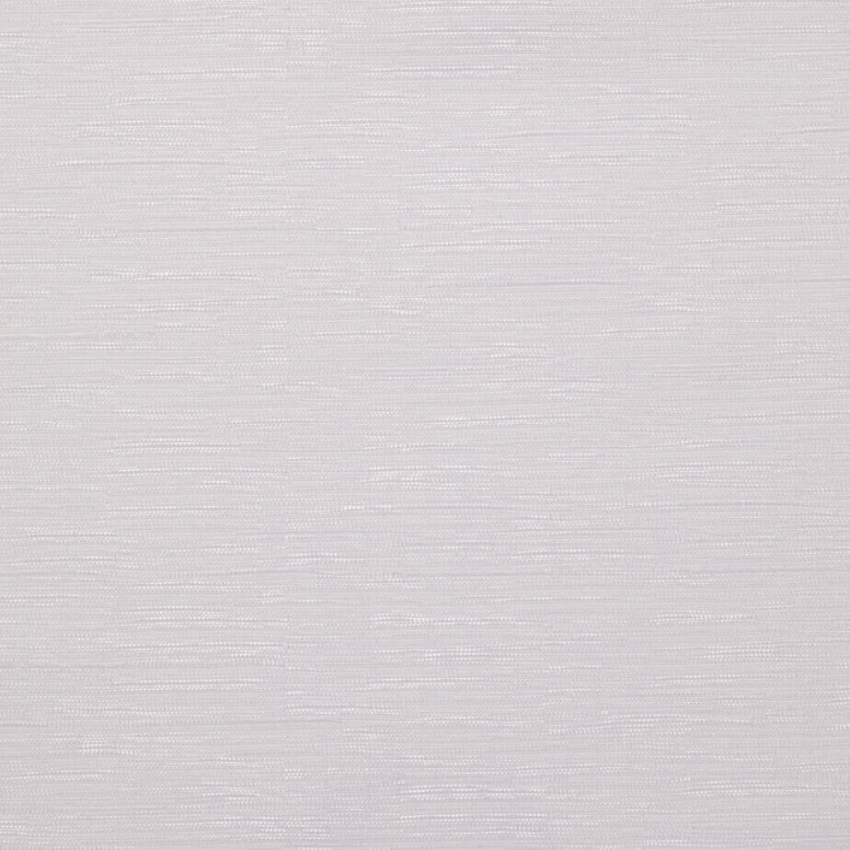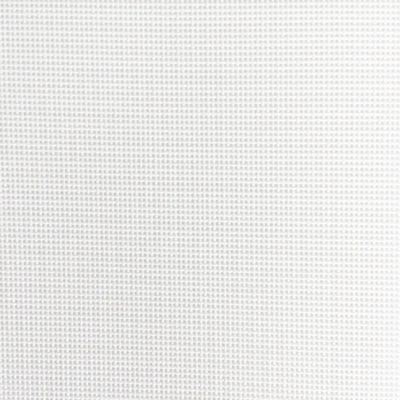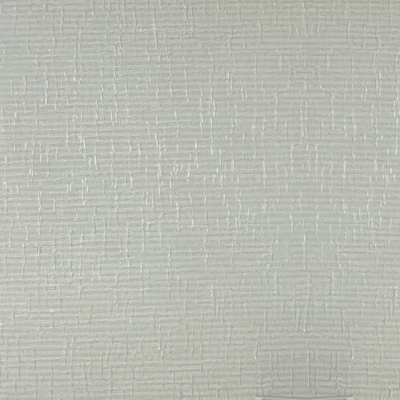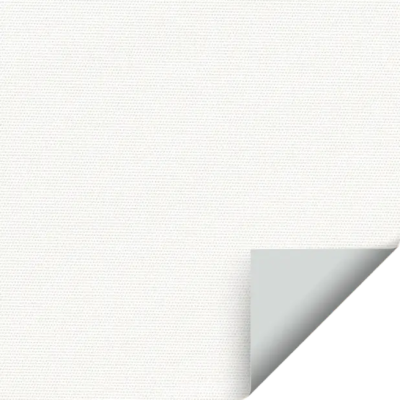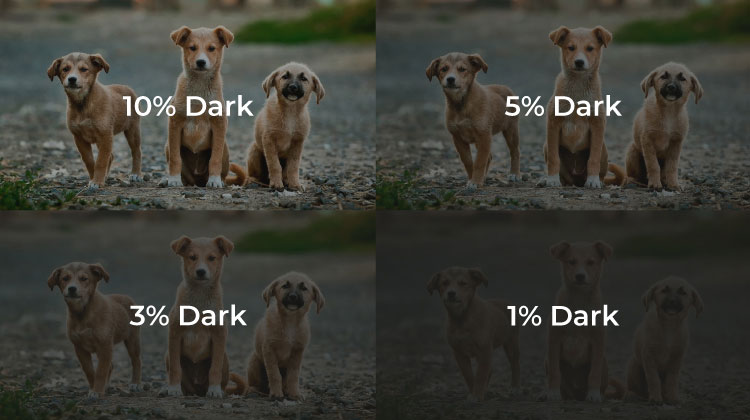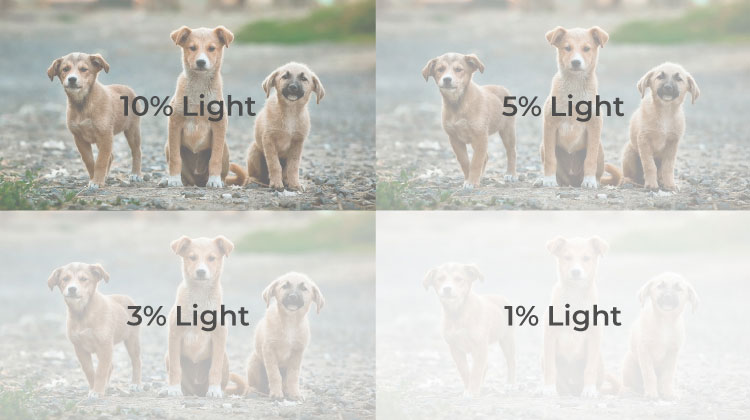Consider Before Choosing Shade Fabric
Sunscreen
Transparent screen fabrics filter incoming light, reducing heat gain, glare and harmful UV rays. Endless combinations of color and openness factors are available to fine tune your needs at each window. They do not offer privacy, so please take that into account when selecting a fabric.

Heat Control
To minimize heat gain, use light colored fabrics that reflect the sun’s rays back to the outside. Also select fabrics with low openness factors to reduce the amount of light that’s transmitted through the fabric.
View-Through
To achieve the best view of the outside, select dark colored fabrics and a more open (5% -10%) weave. This makes it easier to see through since there is less light reflected into your eyes when looking through the fabric.
UV Control
Optimal UV Control is achieved by reflecting as much light as possible and also by allowing little light to pass through the material. Select light colors and a more closed weave (3% or even 1%).
Glare Control
Glare reduction is best achieved with dark colored fabrics that absorb light, thereby reducing glare. Reduced openness factors also help to control by reducing the amount of transmitted light coming through the glass.
Openness
Openness factor refers to the amount of light that a fabric allows through unfiltered, the lower the number the less light a material will allow through. Important to note: While the openness factor does by default affect privacy, solar material should not be considered privacy fabric.


Dark Fabric vs. Light Fabric
When glare reduction and view-through are essential, dark colored fabrics are the best choice. If you’re looking for optimal heat control, combine a light colored fabric with a low openness factor.

Light Filtering
Translucent fabrics reduce heat and UV rays, but allow diffused light in, providing a soft glow when closed. Light Filtering fabrics offer many more decorative choices than woven screens, while also giving many of the same benefits. They differ from Screens in that they don’t offer a clear view, but do provide limited privacy.
Blackout
Blackout fabrics stop light from penetrating through the material, creating privacy when needed. They offer a neutral white to the outside, regardless of the interior color selected. Many color choices and textures are available, making interior coordination easy. Some perimeter light bleed can be expected during the day.


